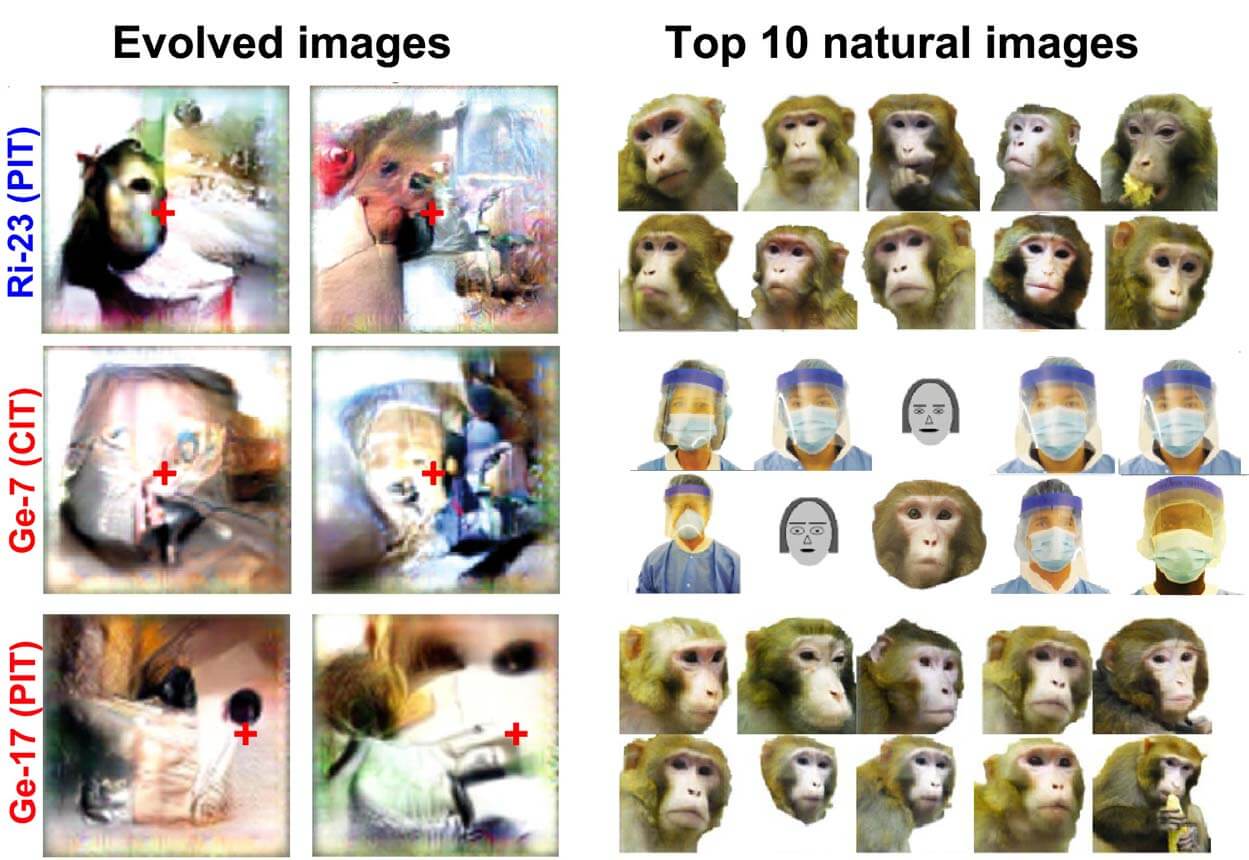
"This can be problematic when a photograph is introduced into a court of law and the jury has to assess its authenticity." "As computer-generated images quickly become more realistic, it becomes increasingly difficult for untrained human observers to make this distinction between the virtual and the real," Farid says. But the drive to create virtual characters that are indistinguishable from human characters has also given rise to complex forensic and legal issues, such as the need to distinguish between computer-generated and photographic images of child pornography, says senior author Hany Farid, a professor of computer science and a pioneering researcher in digital forensics at Dartmouth.

#XDREAM EVOLVING IMAGES FOR VISUAL SOFTWARE#
XDream is implemented in Python, released under the MIT License, and works on Linux, Windows, and MacOS.The findings, which have implications for the legality and prosecution of child pornography, appear in the journal ACM Transactions on Applied Perception.Īs 3-D rendering software and hardware become more powerful, the computer-generated characters they create for film making, video games, advertising and other venues have become more photo-realistic. Overall, XDream is an efficient, general, and robust algorithm for uncovering neuronal tuning preferences using a vast and diverse stimulus space. Recommendations for using XDream to investigate neural coding in biological preparations. These results establish expectations and provide practical Lastly, we found no significant advantage to problem-specific parameter tuning. Furthermore, XDream is robust to choices of multiple image generators, optimization algorithms, and hyperparameters, suggesting that its performance is locally near-optimal. XDream extrapolates to different layers, architectures, and developmental regimes, performing better than brute-force search, and often better than exhaustive sampling of >1 million images. XDream can efficiently find preferred features for visual units without any prior knowledge about them. We also explored design and parameter choices. We evaluated how the method compares to brute-force search, and how well the method generalizes to different neurons and processing stages. We use ConvNet units as in silico models of neurons, enabling experiments that would be prohibitive with biological neurons. Here we extensively and systematically evaluate the performance of XDream. A new method termed XDream (EXtending DeepDream with real-time evolution for activation maximization) combined a generative neural network and a genetic algorithm in a closed loop to create strong stimuli for neurons in the macaque visual cortex. The characterization of effective stimuli has traditionally been based on a combination of intuition, insights from previous studies, and luck. XDream is implemented in Python, released under the MIT License, and works on Linux, Windows, and MacOS.Ī longstanding question in sensory neuroscience is what types of stimuli drive neurons to fire. These results establish expectations and provide practical recommendations for using XDream to investigate neural coding in biological preparations.
A longstanding question in sensory neuroscience is what types of stimuli drive neurons to fire.


 0 kommentar(er)
0 kommentar(er)
